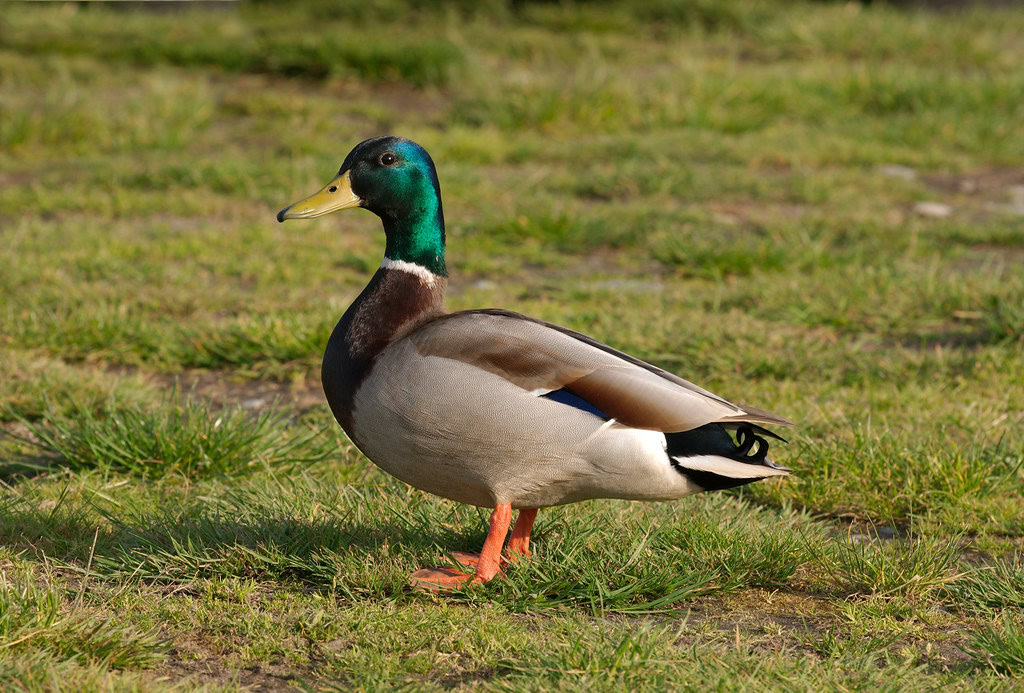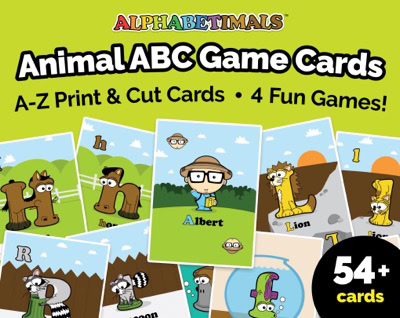
Ducks are friendly, feathered animals that love to splash and swim. They live near ponds, lakes, and rivers, and are easy to spot with their waddling walk and loud quacks. Ducks have waterproof feathers, webbed feet, and strong bills that help them find food in the water. These fun and busy birds come in many colors and are loved by kids and grown-ups all around the world.
Watch a Duck in Action!
Ducks are so much fun to watch as they swim, dive, and flap their wings. You can see how they move in the water and on land, and listen for their famous “quack!”
What is a Duck?
A duck is a bird that likes water and can fly, swim, and walk. Ducks are also known as waterfowl because they spend so much time in the water.
- Ducks have webbed feet that help them paddle like little boats.
- They use their strong bills to scoop up food from the water.
- Ducks have special feathers that keep them dry.
- Some ducks live in the wild and others live on farms.
Where do Ducks live?
Ducks can live in many places around the world. They like to live near water where they can find food and stay safe.
- Found on every continent except Antarctica
- Live near lakes, rivers, ponds, marshes, and wetlands
- Some ducks live in cities and parks with ponds
- Farm ducks live in barns and near small ponds
What do Ducks eat?
Ducks love to eat both plants and tiny animals they find in the water. They eat lots of yummy foods that help them grow strong and healthy.
- Small fish and insects
- Algae and water plants
- Grains and seeds
- Fruits and vegetables
How big is a Duck?
Ducks come in many sizes, but most are about as long as a school ruler and weigh about the same as a big book!
- Length: About 20 inches (50 centimeters)
- Weight: Around 2 to 3 pounds (0.9 to 1.4 kilograms)
- Bigger ducks can be as long as your arm!
What sound do Ducks make?
Ducks are famous for their loud “quack!” But did you know some ducks make different sounds like whistles, squeaks, and grunts?
Cool Duck facts
Ducks are full of surprises! Here are some fun and amazing duck facts just for you.
- Some ducks sleep with one eye open to stay safe
- Ducks can fly really fast, up to 60 miles per hour (97 kilometers per hour)
- Ducklings can swim on their first day of life
- Ducks have over 12,000 tiny feathers
- They can turn their heads all the way around to clean their feathers
- Male ducks are often more colorful than females
- Some ducks migrate thousands of miles each year
- Ducks can live up to 10 years or more
Printables and coloring fun
Have fun learning more about ducks with coloring pages and online games that help you explore the duck’s world!
Ducks in the eco-system
Ducks help keep nature in balance. They are part of many food chains and are important to other animals and plants.
- Ducks eat bugs and plants, keeping wetlands clean
- They help spread seeds by eating fruits and pooping the seeds out
- Ducks are food for animals like foxes and hawks
- Duck populations are stable, but some rare kinds are endangered
Ask a grown-up to help you learn more
Here are some safe and helpful websites with more duck facts just for kids and families.
- Fun Facts About Ducks – The Open Sanctuary Project
- Kiddle Encyclopedia – Duck
- Discover All Types of Ducks, Geese & Other Waterfowl
Fun questions about Ducks
Ducks eat a variety of foods including plants, seeds, insects, small fish, algae, and grains. Domestic ducks may also eat commercial duck feed.
Yes, most duck species can fly. Some migrate long distances, though heavier domesticated breeds often cannot fly well or at all.
Ducks quack to communicate—especially to signal danger, call to mates, or keep track of each other in a group.
Ducks swim using their webbed feet like paddles. Their waterproof feathers keep them buoyant and dry.
Sometimes. Ducks may sleep while floating on water or on land, depending on the species and safety from predators.
No, ducks come in many colors and patterns. Males (drakes) are often more colorful than females for attracting mates.
Ducklings imprint on their mother shortly after hatching and follow her closely, learning to feed and avoid danger.
Many ducks migrate south to warmer climates in winter, often flying thousands of miles to find open water and food.
Yes, ducks are commonly raised on farms for eggs, meat, or as pets. They need water, food, shelter, and space to roam.
A group of ducks on land is a brace, team, or raft (if on water). In flight, they’re often called a flock.
Ways to donate and support Ducks
You can help protect ducks and their homes by learning about wetlands, sharing facts with friends, and supporting places that care for ducks and nature.
Sources: Wikipedia, Live Science, Creative Commons, Britannica.com and Freesound.org

Alphabetical list of animals that start with D
A full alphabetical list of popular animals that start with the letter D for toddlers and preschool kids.
Which one should be the next Alphabetimal? Let us know on our facebook page.
All animals A-Z
Animal phonics alphabet
Animals that start with common phonics digraphs
Animal facts for kids
Other animal collections
Try our Printable Alphabet Worksheets! Download a FREE SAMPLE or preview all 200+ on Etsy.com or TeachersPayTeachers.com



